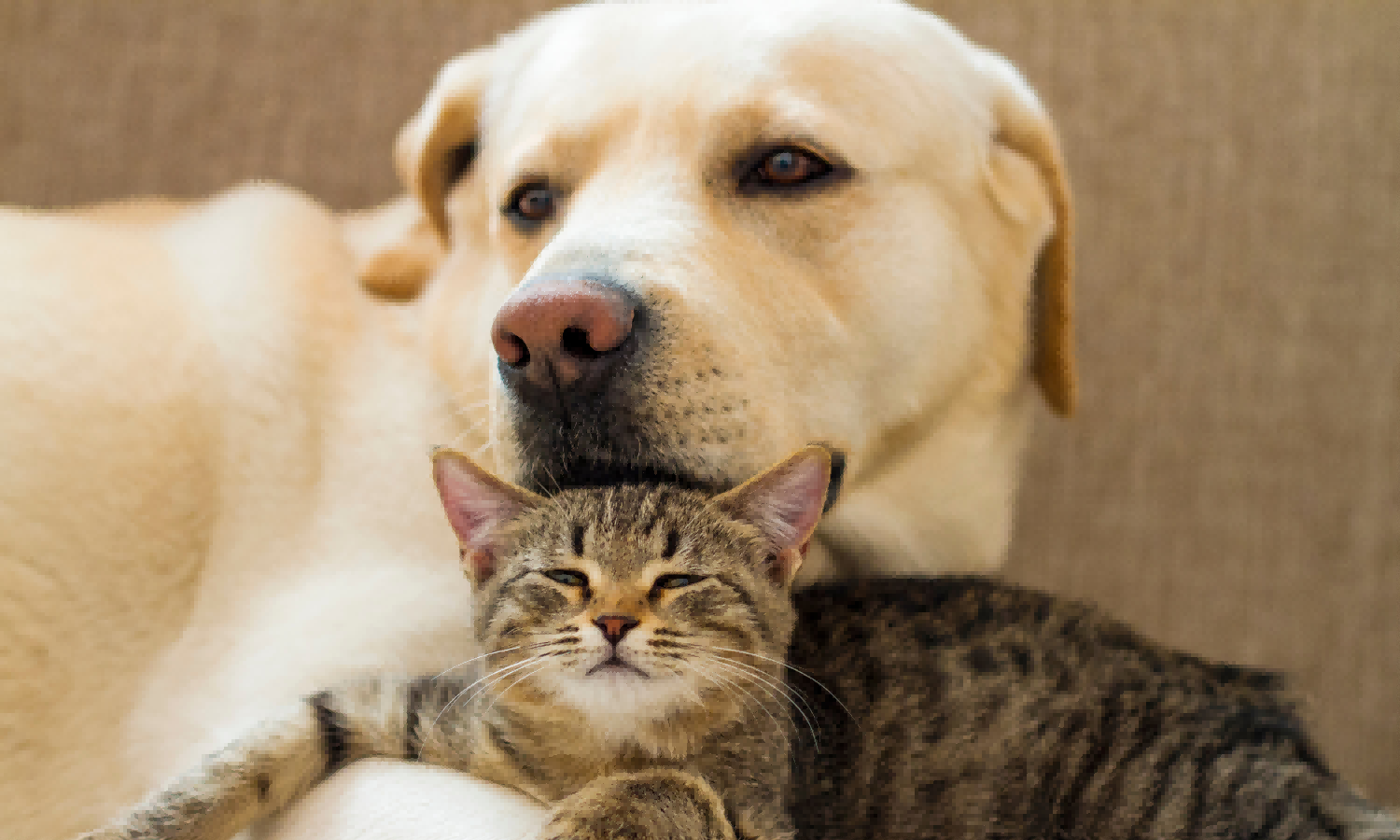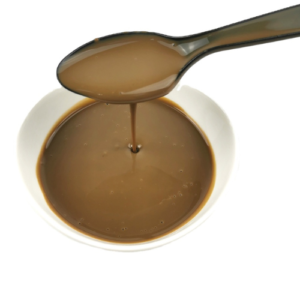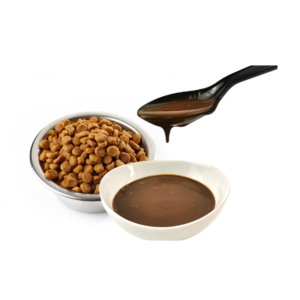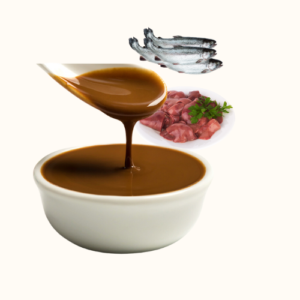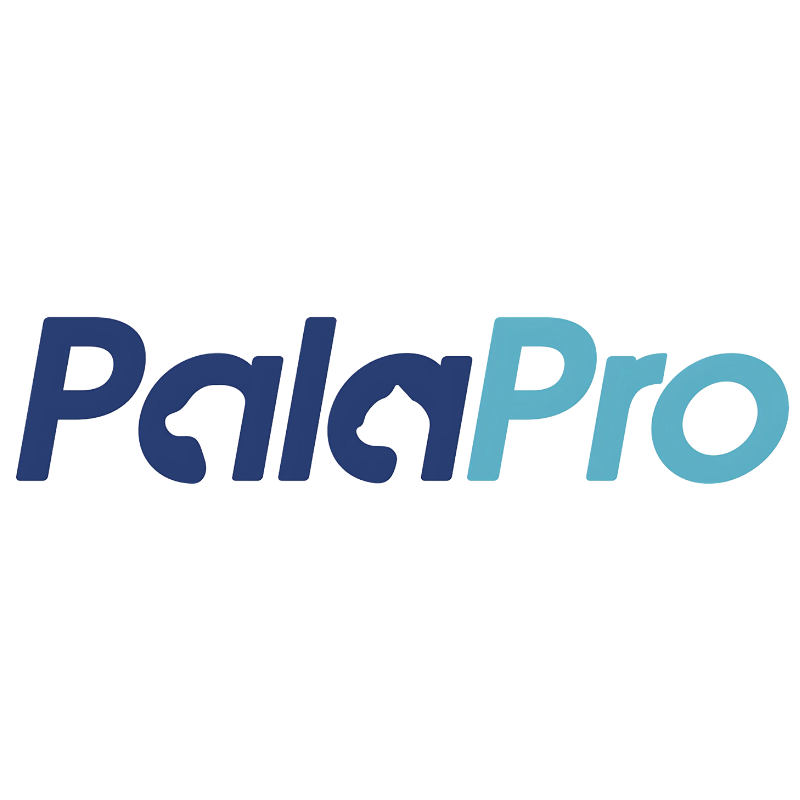Pet Food Production with Palatants
Introduction:
The pet food industry has seen remarkable growth over the years, driven by a surge in pet ownership and a heightened awareness of pet health and nutrition among consumers.
As pet owners become increasingly discerning about the quality and nutritional value of pet food, manufacturers are under pressure to optimize their production processes to meet rising demands. One key aspect of pet food production that plays a crucial role in both product palatability and efficiency is the use of palatants.

Palatants are additives used in pet food to enhance flavor, aroma, and overall palatability. These ingredients are carefully formulated to appeal to pets’ senses, encouraging them to consume the food eagerly. However, beyond their role in improving taste, palatants also offer significant benefits in optimizing the production process itself, contributing to increased efficiency, cost-effectiveness, and overall quality of the final product.
In this comprehensive guide, we’ll delve into the various ways palatants are utilized to optimize pet food production, exploring their impact on formulation, processing, and overall efficiency.
Formulation Optimization with Palatants
a. Enhancing Taste Profiles: Palatants are meticulously designed to appeal to the taste preferences of different pets, including dogs, cats, and other companion animals. By incorporating palatants into the formulation, pet food manufacturers can ensure that their products have a desirable taste profile, enticing pets to consume them readily.
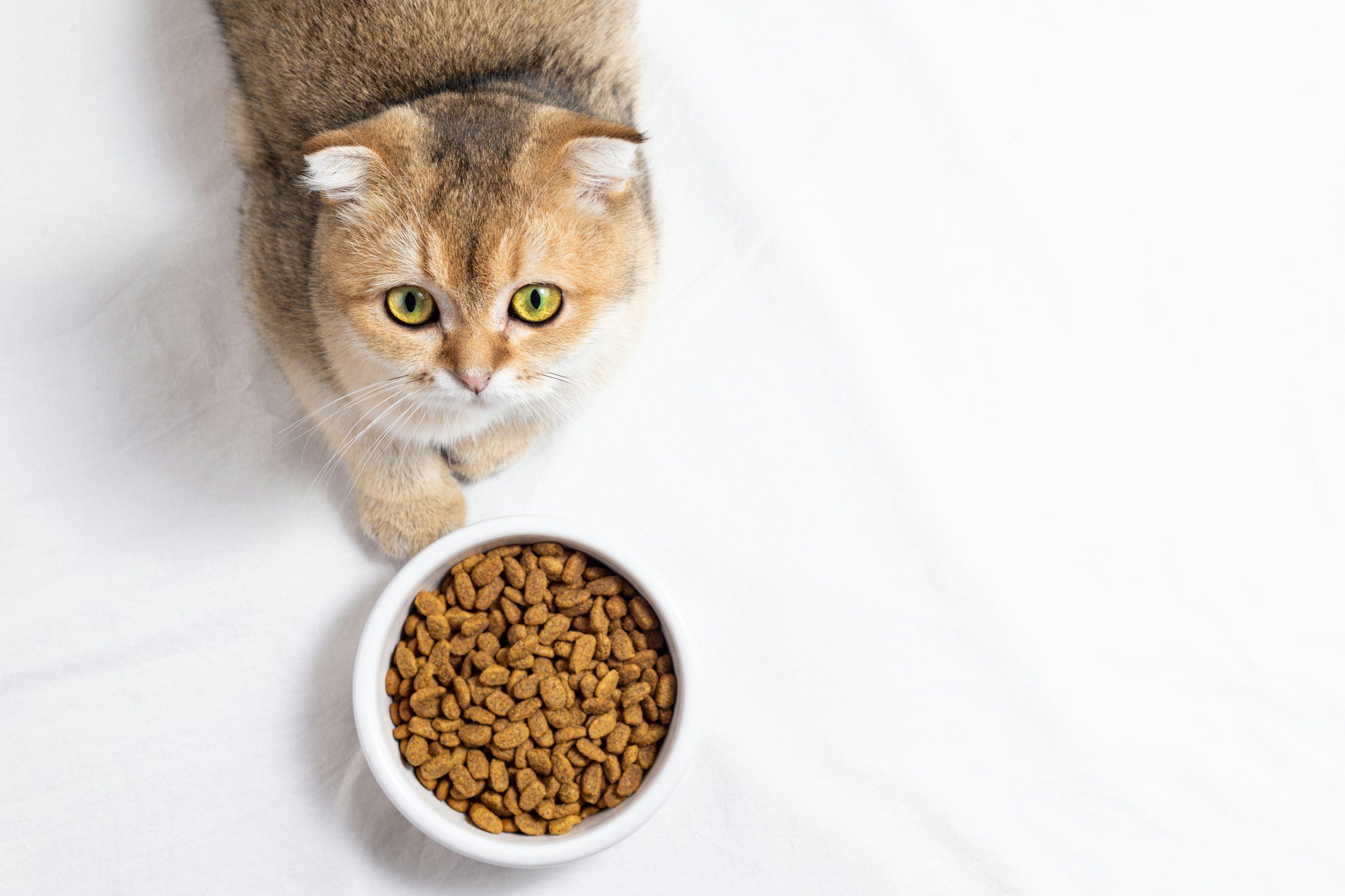
This not only improves consumer satisfaction but also reduces the risk of food rejection and waste.b. Masking Undesirable Flavors: Some ingredients used in pet food formulations may possess inherent off-flavors or odors that could deter pets from eating the food. Palatants play a vital role in masking these undesirable characteristics, making the overall product more palatable without compromising its nutritional integrity. This enables manufacturers to use a broader range of ingredients while maintaining high-quality standards.c.
Balancing Macronutrient Ratios: Achieving the optimal balance of macronutrients (proteins, fats, and carbohydrates) is crucial for meeting pets’ nutritional requirements. Palatants can be tailored to complement specific formulations, helping to enhance the overall sensory experience while ensuring that pets receive a well-balanced diet. This level of customization allows manufacturers to create products that cater to diverse dietary needs and preferences.
Processing Efficiency with Palatants
a. Improving Extrusion Performance: Extrusion is a common processing method used in pet food manufacturing, whereby ingredients are mixed, cooked, and shaped into final products. Palatants can be incorporated into the extrusion process to improve the texture, color, and aroma of the extruded kibble or treats.
By enhancing the sensory attributes of the final product, palatants contribute to greater consumer acceptance and repeat purchases.b. Enhancing Palatability in Wet Foods: Palatants are equally valuable in the production of wet or canned pet foods, where maintaining moisture content and flavor retention are critical considerations. By infusing palatants into the formulation, manufacturers can ensure consistent flavor delivery throughout the product’s shelf life, minimizing the risk of flavor degradation or spoilage.

This results in a more appealing product that retains its palatability over time.c. Facilitating Coating and Encapsulation: Palatants can also be utilized in coating applications, where they are applied to the surface of dry kibble or treats to enhance taste and aroma. Additionally, palatants can be encapsulated within fat or protein matrices, allowing for controlled release during digestion and prolonging flavor perception. These techniques not only improve palatability but also facilitate product differentiation and customization.
Quality Assurance and Cost Optimization
a. Ensuring Consistency and Uniformity: Palatants play a crucial role in maintaining consistency and uniformity across batches of pet food products. By carefully controlling the composition and concentration of palatants, manufacturers can achieve reproducible sensory characteristics, ensuring that each batch meets stringent quality standards.
This level of consistency enhances brand reputation and fosters consumer trust in the product.b. Reducing Production Costs: Despite their invaluable contributions to product quality, palatants can also offer cost-saving benefits in pet food production. By enhancing palatability and reducing the risk of food rejection, manufacturers can minimize waste and maximize yield, ultimately lowering production costs.

Moreover, the judicious use of palatants allows for greater flexibility in ingredient sourcing, enabling manufacturers to optimize formulations while maintaining affordability.c. Meeting Regulatory Requirements: As the pet food industry becomes increasingly regulated, manufacturers must ensure compliance with stringent quality and safety standards. Palatants undergo rigorous testing and evaluation to ensure their safety and efficacy, enabling manufacturers to meet regulatory requirements with confidence. By partnering with reputable suppliers and adhering to industry best practices, manufacturers can mitigate risks and uphold product integrity.
Conclusion
In conclusion, palatants play a multifaceted role in optimizing pet food production, encompassing formulation enhancement, processing efficiency, and quality assurance. By leveraging the sensory appeal of palatants, manufacturers can create pet foods that not only meet pets’ nutritional needs but also delight their palates.

From improving taste profiles to reducing production costs, the strategic use of palatants offers numerous advantages for pet food manufacturers seeking to stay ahead in a competitive market. As consumer expectations continue to evolve, embracing innovation in palatant technology will be essential for driving growth, sustainability, and consumer satisfaction in the pet food industry.






